The adage says that in love and in war all tricks are allowed. But what if there is no place for love during the war? Or at least one that is beyond the minds of military and civilian morals?
Even before the war, the provisions regulating conscription to the US Army contained a mention of the incapacity to serve of people with homosexual inclinations. By 1943, these regulations were legally binding. It has been argued that the presence of homosexuals in the military would cause discomfort to the ranks of heterosexual soldiers.
For this reason, homosexual uniforms were either expelled from the army or ended up in the psychiatric wards of military hospitals, where they served as research subjects. One such observation, carried out on almost 1,500 patients, proved that homosexuals were distinguished by ... no vomiting when a doctor looks down their throats with a spatula .
The authors of this specific idea proposed that this test be used in the study of candidates for service. But not only. It was also supposed to be one of the verification criteria in other professions "in which sexual deviants should be eliminated." This experience initiated large-scale purges of federal employees after the war.
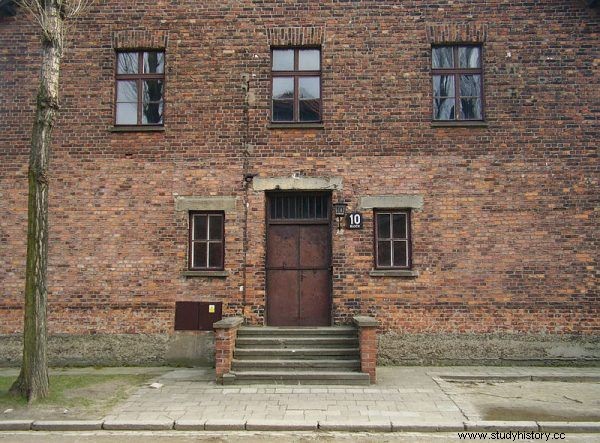
Medical experiments were carried out not only in Auschwitz (the famous block 10 in the illustration). Even before the war, doctors had ideas for experiences that were much less radical, but also discriminating and differentiating people. The homosexual's hallmark was said to be the lack of vomiting after putting a spatula in his mouth.
The paramedic is not asked for orientation
Despite the unfavorable policy of the command, there was no shortage of homosexuals in the army:many felt called to fight the Nazis, knowing about the persecution, deportation to camps and murders. On the battlefield, soldiers of different orientation quickly gained the respect and acceptance of their colleagues. George Dohmann, a paramedic who enlisted at just 18 years of age and survived the Normandy landings and the Battle of the Ardennes, recalled:
Nobody asked for orientation when shouting "Paramedic"! You went into battle and did what you were trained to do and what was expected of you.
Today, we cannot accurately estimate how many American gays died on the fronts of World War II, and we will probably never know. However, we are sure that the US Army awarded all soldiers who had merit in battle with the highest decorations. Also those with a homosexual orientation.
Lobotomy for Turing
As in other European countries, the United Kingdom also had a law prohibiting homosexual intercourse. In the army, they were threatened with a military court, imprisonment and expulsion from service. The British believed that not only were gays unfit for service because of cowardice, but their mere presence in the army would destroy morale. And while the British Army tried to select recruits, the filtering mechanisms often failed.
So the "sexually perverted," as British doctors called them, also fought for the country. There were also gays in the secret services. They included Guy Burgess employed at MI6, one of the five members of the so-called Cambridge Five - spies recruited by Soviet intelligence. As we read in the latest book by Andrew Lownie Stalin's English :
According to the documents collected in his NKVD personnel files, in the summer of 1934 Alexander Orlov, a Soviet intelligence officer, decided that it was definitely worth recruiting him. In Moscow, it was known that homosexuality was prosecuted in the UK, which forced homosexuals there to carefully conceal part of their lives, creating a tightly closed and impenetrable environment in which there was mutual loyalty, so penetrating it could pay off very well. It was therefore concluded that Burgess's knowledge of the pederastic environment - as well as his contacts - would be immensely useful .
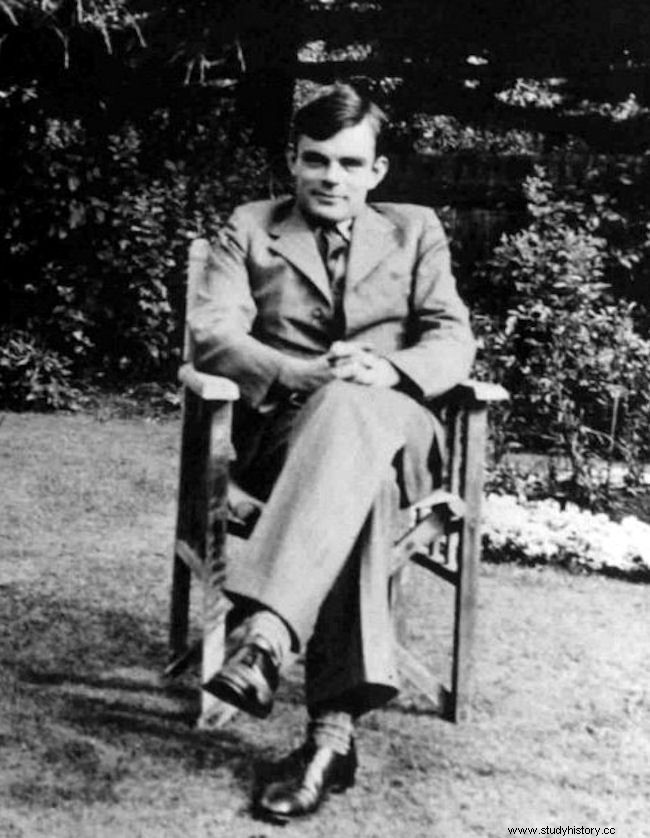
Alan Turing was an outstanding mathematician. Today he is considered the father of artificial intelligence. He was even erected a monument in Manchester. However, while he was alive, he struggled with intolerance and persecution. He even received special therapy to cure him of his homosexual tendencies, which was one of the causes of his suicide.
After the war, the British resumed their repression of gays, and in 1945 a Public Morality Council officer noted that "the police are again campaigning against those responsible for this heinous crime." Homosexuality was considered not only a crime, but also a disease that was treated with electroshock and lobotomy. Such "therapy" was subjected to, inter alia, Alan Turing, the famous mathematician and cryptologist who cracked the Enigma code. He probably fell into depression which resulted in committing suicide. Homosexual orientation remained a crime in Britain until the 1960s.
A plague is sweeping the German people
For the Nazis, gays and lesbians were a symbol of Weimar and the left-wing corruption. Himmler emphasized this in a speech to the SS command on February 18, 1937, in which he called them a demographic threat and thundered that the German people could be "devastated by this epidemic." There were concerns about the surveillance of the political elite by demoralized, untrustworthy and irresponsible homosexuals. Such units had to be removed absolutely.
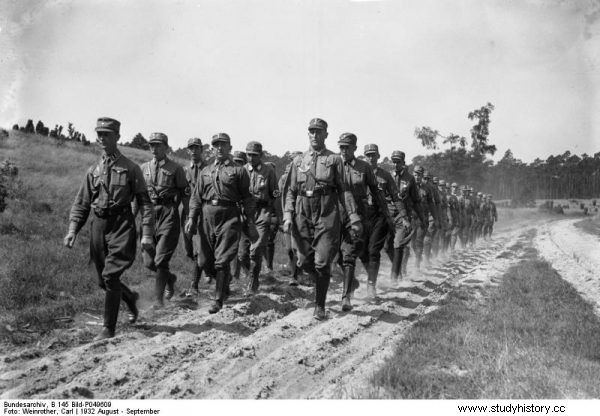
"The Night of the Long Knives" has gone down in history primarily as the name of the action during which Hitler ordered his opponents to be murdered within the National Socialist movement. However, with the purge of the Assault Squads (SA members in the photo), the persecution of homosexuals in Germany reached its peak.
The persecution of homosexuals reached its peak with the purge of the NSDAP Assault Troops, which Hitler carried out on June 30, 1934 (the so-called Night of the Long Knives). The chief of staff, Ernst Röhm, who was initially trusted and a friend of Hitler, did not escape the execution. And although this purge was definitely political, because its purpose was to pave the way to power, the persecution did not end.
Few of the gays were left alone. One of the persecuted was the director and choreographer Hanns Niedecken-Gebhard, responsible for the setting of the opening of the Olympics in 1936. The remainder were deported to the camps under Article 175, and the first recorded transport of such prisoners arrived at the Fuhlsbüttel camp as early as 1933.

Fuhlsbüttel. It was in this district of Hamburg that the Nazi camp was located, in which, before the war, attempts were made to "cure" homosexuals.
There they were subjected to experiments, such as the one conducted in the fall of 1944 by the Danish endocrinologist Dr. Carl Vaernet in Buchenwald. With Himmler's approval, he implanted male hormones in the prisoners to suppress their sex drive. Attempts were made to "re-educate" them, for example through relations with female prisoners forced into prostitution. The only way for a homosexual prisoner to leave the camp alive was to undergo castration .
Acts contrary to nature
Although the Napoleonic penal code did not mention sodomy, and in the years leading up to the war there was no law to punish homosexuals, with the establishment of the pro-Nazi Vichy government, the concept of "acts contrary to nature" was introduced into the penal code. It was part of the "national revolution" campaign organized around three ideas:work, family and homeland.
The aim of this revolution was to repair the moral decay of society, guilty of the disgraceful defeat of France. In line with this policy, the government cooperated in the transport of homosexuals to extermination camps. We can learn about how French gays were treated there in the book I, Pierre Seel, Deported Homosexual:A Memoir of Nazi Terror . Its author, Pierre Seel, was the only French gay survivor of the camp and decided to tell about it.
After the liberation of France, the De Gaulle government maintained the earlier law, so French gays returning home from the camps risked being arrested again. After the war, homosexuality, along with tuberculosis, prostitution and alcoholism, was declared a social scourge . The progressive and revolutionary French considered homosexual orientation a disease until the 1980s.
Gays or Fascists
The sexual revolution that accompanied the October Revolution was short-lived and already at the beginning of the 1930s it was significantly suppressed in favor of the Stalinist pro-family policy. The growing hostility of the Soviet government towards homosexuals resulted in a new law, Article 154a, later amended to 121 on December 17, 1933. On its basis, on the basis of mużelożstwo five years of hard labor for voluntary relationships and eight years for forced labor or relationships with a minor.
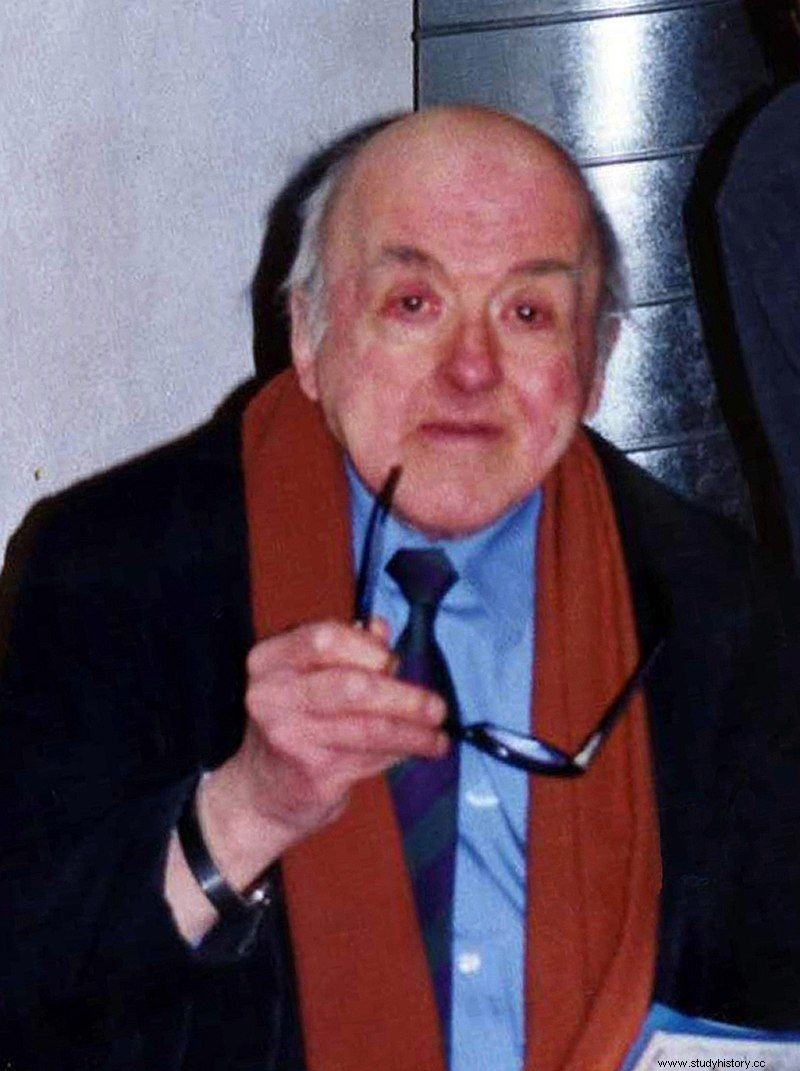
Pierre Seel was a French concentration camp prisoner and the author of memoirs on the Nazi persecution of homosexuals. During the war, he became a victim of the cruel treatment of gays and a witness to the murder of his partner.
The press launched a homophobic campaign, and Maksym Gorky celebrated on the pages of Pravda and Izvestia "Triumph of proletarian humanitarianism," insisting that the legalization of homosexuality gave birth to fascism. Ironically, at the same time the Nazis in Germany began persecuting gays, accusing them of favoring the communists. In the USSR, homosexuality became a crime against the state, placed on a par with counter-revolutionary activity, sabotage and espionage.
The gays were often taken care of by security agencies and secret services. They were blackmailed with imprisonment and forced to cooperate . The Soviets also eagerly recruited homosexuals from other countries as spies, as in the case of the aforementioned Guy Burgess. The main criterion here was not only employment in a high position, but also the orientation itself, which allows for effective blackmail.
As early as January 1934, mass arrests began in Moscow, Leningrad, Kharkiv and Odessa. Until the 1980s, about 1,000 homosexuals were imprisoned each year. In Soviet labor camps a category of men called puszczenije appeared , at the bottom of the prison hierarchy, who provided for the sexual needs of the rest. Article 121 was also often used to extend sentences or to keep dissidents in check. On its basis, they were sent to prison, among others, director Sergei Parajanov or the poet Gennady Trifonov.
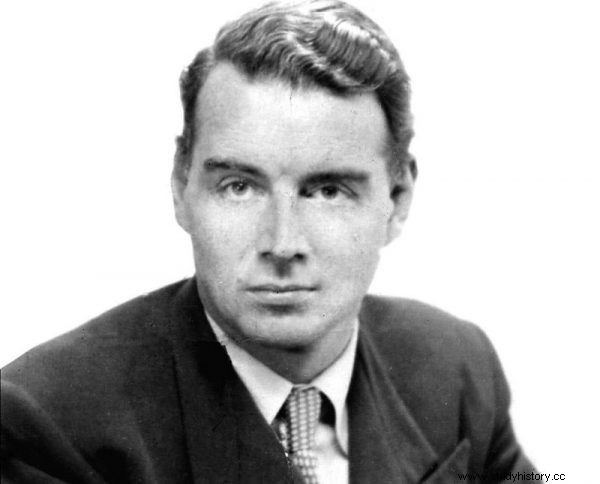
Guy Burgess was one of Britain's most famous spies. On a daily basis, he was considered a sophisticated English gentleman, and at the same time he was a sloppy, compulsive drunk and homosexual. This colorful character has become the hero of not only numerous books, but also one of the icons of British popular culture.
The situation of famous people was somewhat different, such as Eisenstein, the popular opera artist Sergei Lemeszew, the pianist Sviatoslav Richter and many ballet dancers. The authorities turned a blind eye on the condition that they were discreet. Also Guy Burgess, to whom he dedicated his book The Englishman of Stalin Andrew Lownie was so important to the Soviets that his actions were tolerated, at least for the time being. As the author writes, Guy:
(...) being homosexual, he absolutely needed someone for a couple. He finally found it, but was then summoned to the counter-intelligence rug. And there he heard:- We do not care what you did in London, but in our country such practices are prohibited by law. You will be punished if you don't give up on it.
Burgess took the conversation over, and actually gave up on the ostentatious licentiousness that stung the Soviet eyes. However, he did not give up on the rowdy lifestyle that ultimately finished him off. He died in 1951 in Moscow of acute liver failure.
